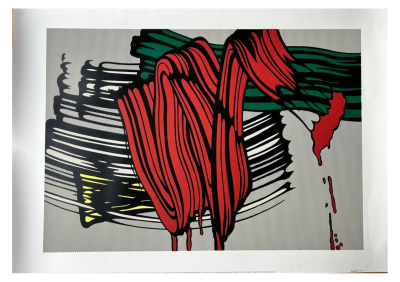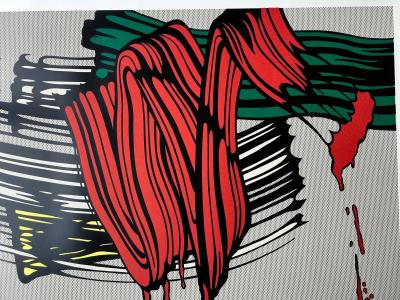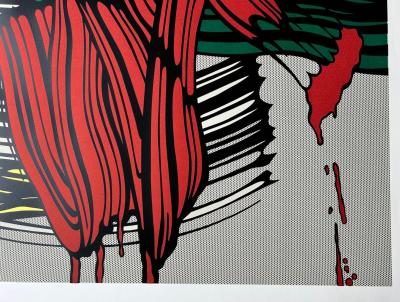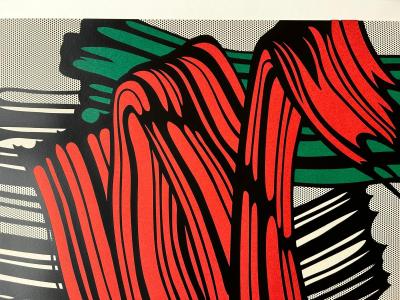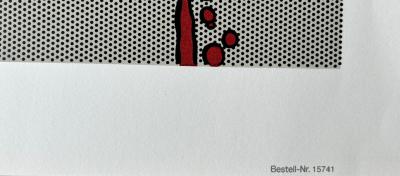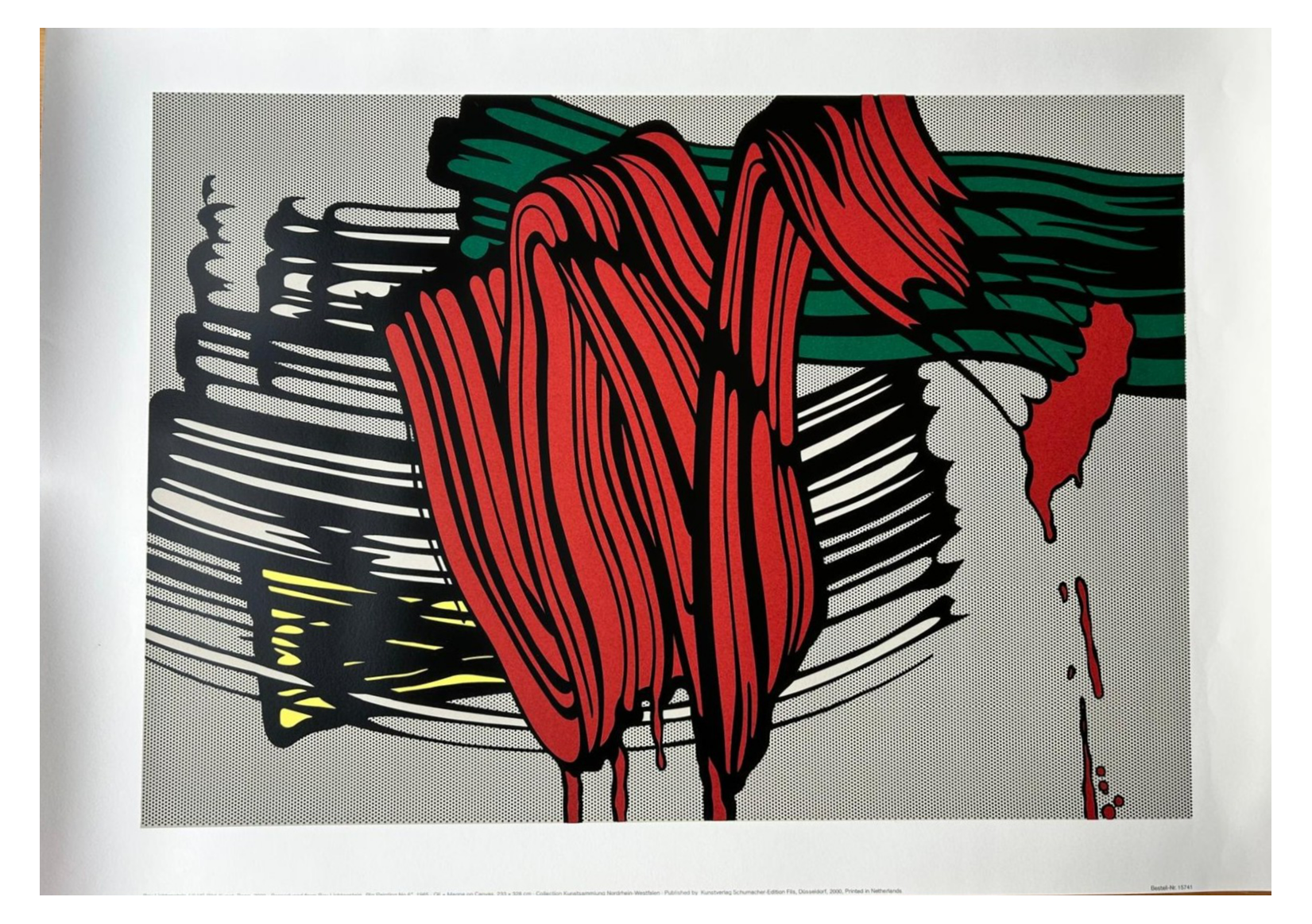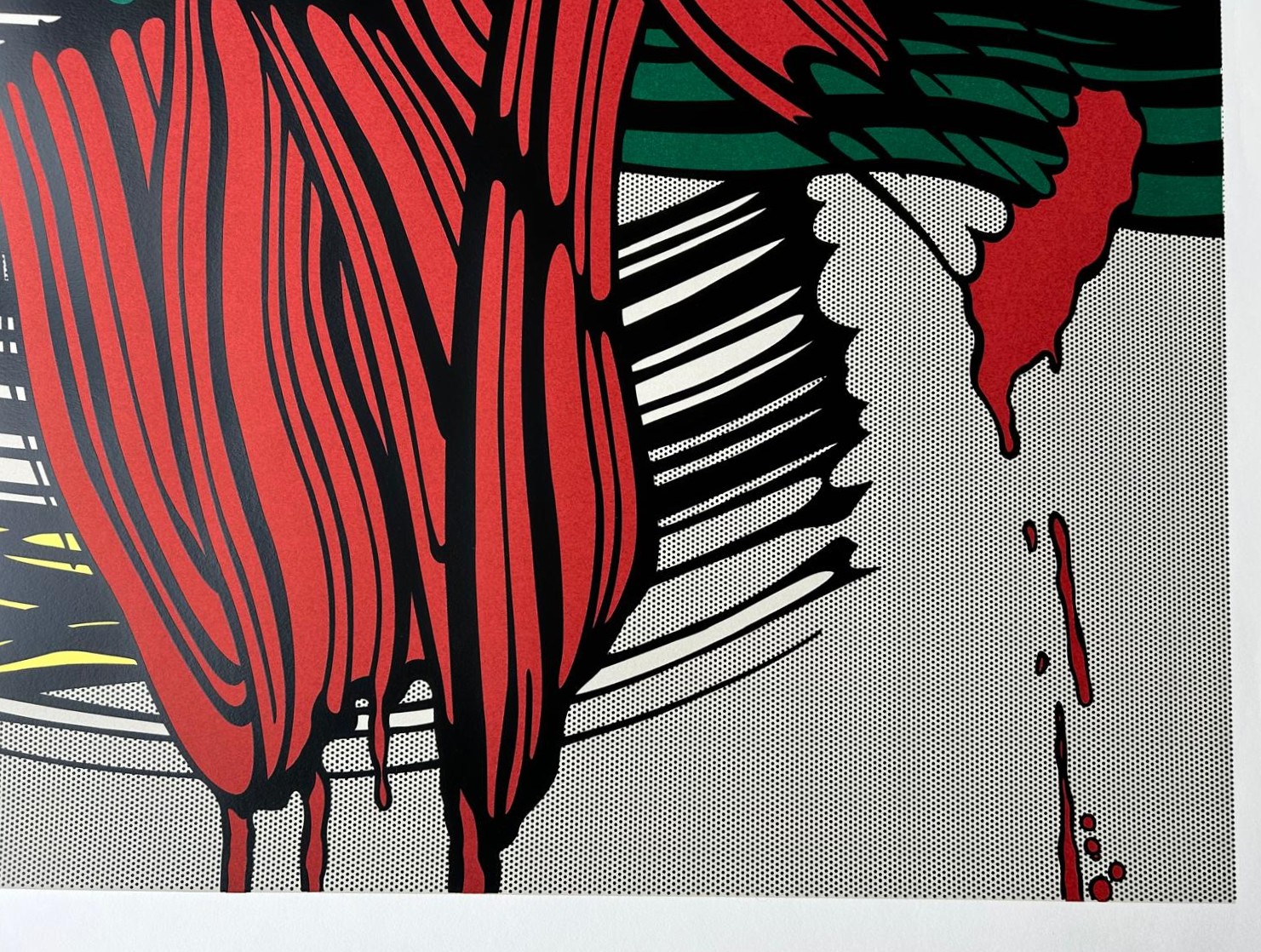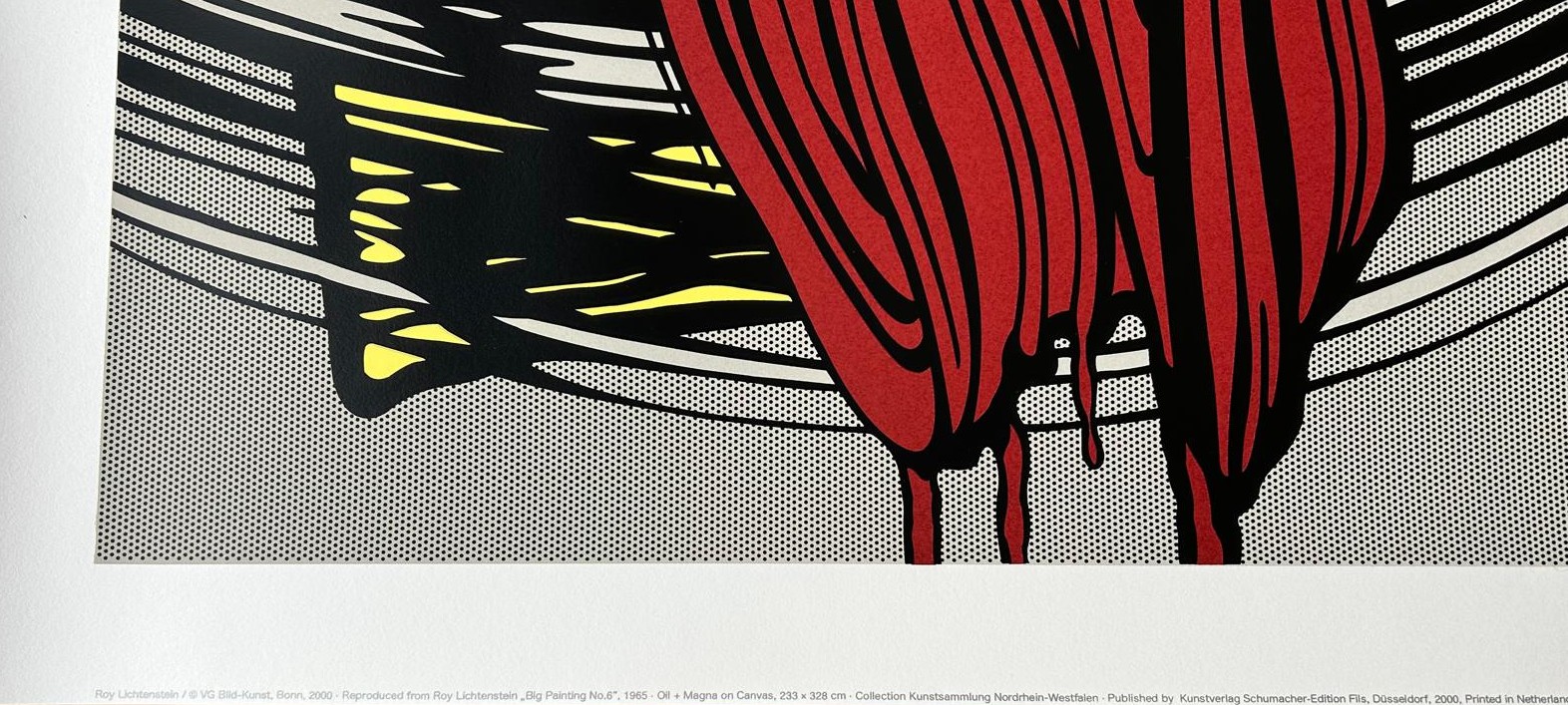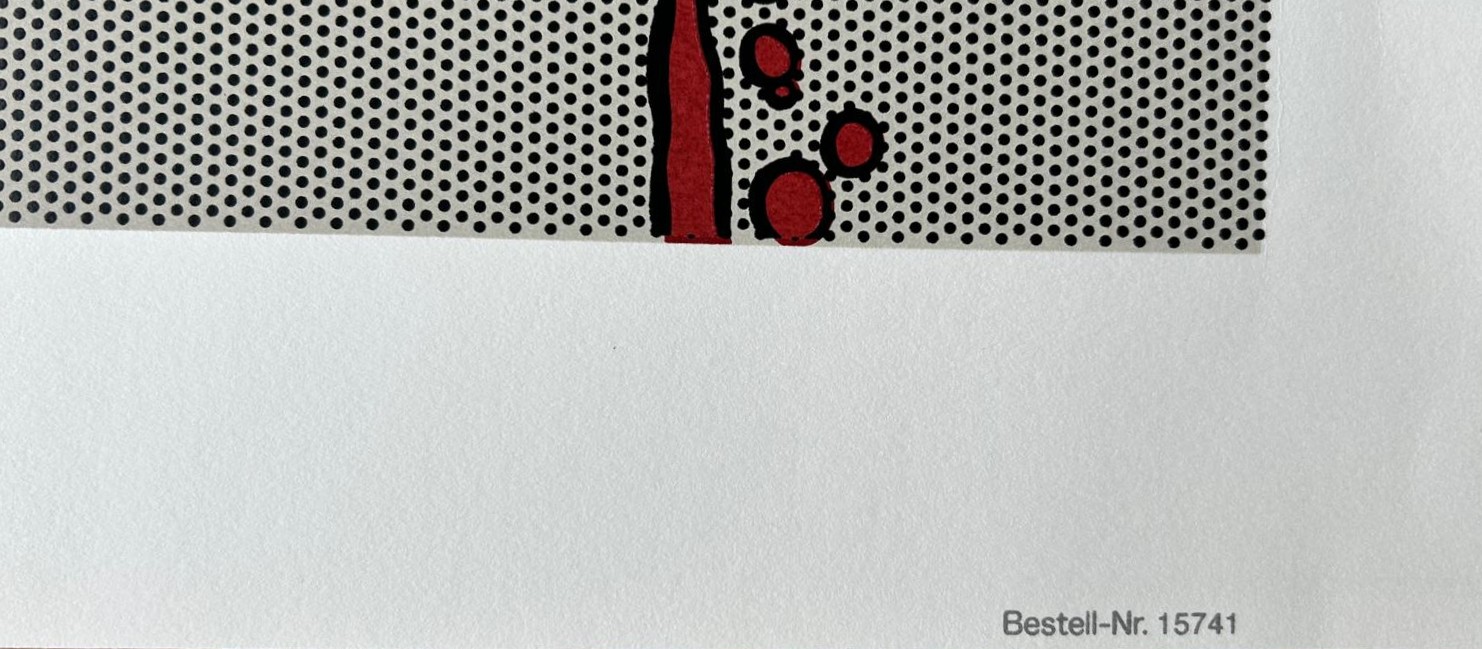Retour
Vedi l'intero catalogo
-
-
- Alexander Calder(23)
- André Derain(87)
- Andy Warhol(19)
- Antoni Tapiès(19)
- Arman(28)
- Aurélie Nemours(1)
- Bengt Lindström(23)
- Bernard Buffet(178)
- César(8)
- Charles Eames(1)
- Charlotte Perriand(17)
- Claude Weisbuch(37)
- Corneille van Beverloo(15)
- Eduardo Chillida(10)
- François Morellet(1)
- Georges Braque(76)
- Gustav Klimt(16)
- Hans Bellmer(19)
- Hans Hartung(15)
- Henri Matisse(176)
- Hervé Télémaque(4)
- Jacques Villeglé(8)
- Jean Cocteau(212)
- Jean Hélion(11)
- Jean Miotte(12)
- Jean Picart Le Doux(6)
- Joan Miro(114)
- Karel Appel(1)
- Keith Haring(15)
- Ladislas Kijno(2)
- Léonard Tsugouharu Foujita(48)
- Leonor Fini(75)
- Louis Toffoli(14)
- Marc Chagall(365)
- Marie Laurencin(45)
- Maurice de Vlaminck(81)
- Maurice Utrillo(17)
- Max Ernst(40)
- Mimmo Rotella(4)
- Niki de Saint Phalle(5)
- Pablo Picasso(408)
- Peter Klasen(9)
- Philippe Pasqua(1)
- Pierre Alechinsky(35)
- Pierre Soulages(38)
- Pierre Tal-Coat(5)
- Pierre-Yves Trémois(34)
- Raoul Dufy(50)
- Robert Combas(4)
- Salvador Dali(422)
- Théo Tobiasse(5)
- Tony Soulié(13)
- Valério Adami(35)
- Victor Vasarely(1)
- Yves Brayer(40)
- Zao Wou-Ki(13)
I migliori artisti -
-
Retour
Vedi l'intero catalogo
-
-
- Alexander Calder(23)
- André Derain(87)
- Andy Warhol(19)
- Antoni Tapiès(19)
- Arman(28)
- Aurélie Nemours(1)
- Bengt Lindström(23)
- Bernard Buffet(178)
- César(8)
- Charles Eames(1)
- Charlotte Perriand(17)
- Claude Weisbuch(37)
- Corneille van Beverloo(15)
- Eduardo Chillida(10)
- François Morellet(1)
- Georges Braque(76)
- Gustav Klimt(16)
- Hans Bellmer(19)
- Hans Hartung(15)
- Henri Matisse(176)
- Hervé Télémaque(4)
- Jacques Villeglé(8)
- Jean Cocteau(212)
- Jean Hélion(11)
- Jean Miotte(12)
- Jean Picart Le Doux(6)
- Joan Miro(114)
- Karel Appel(1)
- Keith Haring(15)
- Ladislas Kijno(2)
- Léonard Tsugouharu Foujita(48)
- Leonor Fini(75)
- Louis Toffoli(14)
- Marc Chagall(365)
- Marie Laurencin(45)
- Maurice de Vlaminck(81)
- Maurice Utrillo(17)
- Max Ernst(40)
- Mimmo Rotella(4)
- Niki de Saint Phalle(5)
- Pablo Picasso(408)
- Peter Klasen(9)
- Philippe Pasqua(1)
- Pierre Alechinsky(35)
- Pierre Soulages(38)
- Pierre Tal-Coat(5)
- Pierre-Yves Trémois(34)
- Raoul Dufy(50)
- Robert Combas(4)
- Salvador Dali(422)
- Théo Tobiasse(5)
- Tony Soulié(13)
- Valério Adami(35)
- Victor Vasarely(1)
- Yves Brayer(40)
- Zao Wou-Ki(13)
I migliori artisti -
-
Creare un account
Home Catalogo completo Arte ContemporaneaLitografie, acqueforti, stampeRoy LichtensteinRoy Lichtenstein - Grande dipinto n°6 - Serigrafia - 2000
Roy Lichtenstein - Grande dipinto n°6 - Serigrafia - 2000
Roy Lichtenstein (dopo) Grande dipinto n°6 - 2000 Serigrafia 68,6 × 99,1 cm / 27 × 39 pollici VG Bild-Kunst Bonn 2000 Riproduzione da Roy Lichtenstein Large Painting No. 6 1965 Olio + Magna su tela 233 x 328 cm Collezione Kunstsammlung Nordrhein-Westfalen Pubblicato da Kunstverlag Schumacher-Edition Fils Düsserdolf 2000 Stampato nei Paesi Bassi Large Painting No. 6 (a volte Large Painting o Large Painting VI) è un dipinto a olio e Magna su tela del 1965 di Roy Lichtenstein. Misura 235 cm × 330 cm e fa parte della serie di opere Brushstrokes, che comprende diversi dipinti e sculture raffiguranti le pennellate di un imbianchino. Come tutte le sue opere, si tratta in parte di una risposta satirica alla pittura gestuale dell’espressionismo astratto. Come la maggior parte delle opere Ben-Day di Lichtenstein, si tratta di una rappresentazione della riproduzione meccanica attraverso una tecnica pittorica. In questo caso la satira nasce dalla rappresentazione grafica del movimento spontaneo del dipinto nei minimi dettagli.
Questa descrizione è stata tradotta automaticamente. Clicca qui per vedere la versione originale EN
Roy Lichtenstein (after) Big painting n°6 - 2000 Screen printing 68.6 × 99.1 cm / 27 × 39 in VG Bild-Kunst Bonn 2000 Reproduced from Roy Lichtenstein Large Painting No. 6 1965 Oil + Magna on canvas 233 x 328 cm Collection Kunstsammlung Nordrhein-Westfalen Published by Kunstverlag Schumacher-Edition Fils Düsserdolf 2000 Printed in the Netherlands Large Painting No. 6 (sometimes Large Painting or Large Painting VI) is a 1965 oil and Magna on canvas painting by Roy Lichtenstein. Measuring 235 cm × 330 cm, it is part of the Brushstrokes series of artworks, which includes several paintings and sculptures depicting the brushstroke actions of a house painter. As with all of his works, this is partly a satirical response to the gestural painting of Abstract Expressionism. Like most of Lichtenstein’s Ben-Day works, it is a representation of mechanical reproduction through a pictorial technique. In this case, the satire comes from the graphic representation of the spontaneous movement of the painting in the smallest details.
In vendita
Prezzo :
339 € Tasse incluse.
Spese e tasse comprese
Hotline
Non esitate a chiamarci per qualsiasi richiesta
Altri articoli nella categoria « Roy Lichtenstein »
Ti potrebbe piacere anche
Fai una domanda
